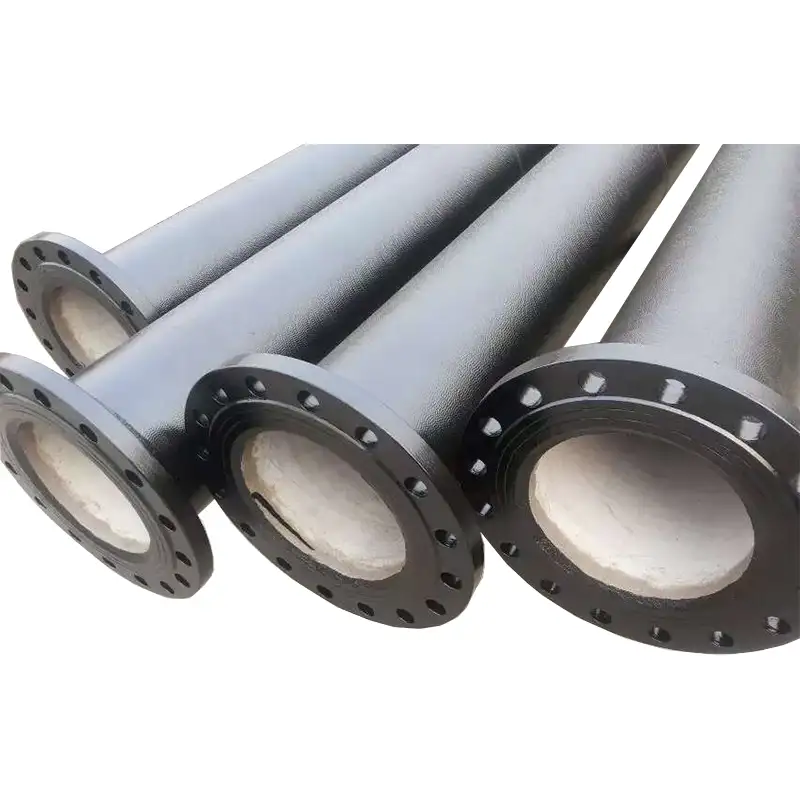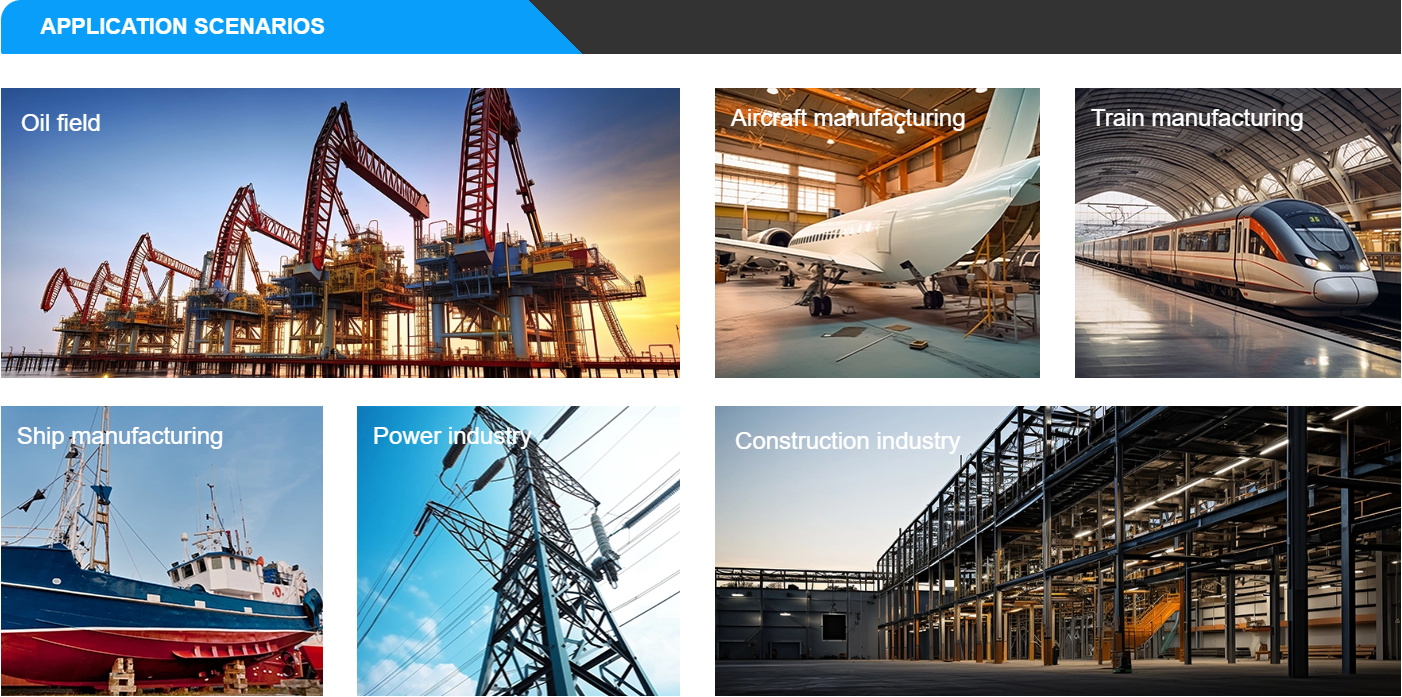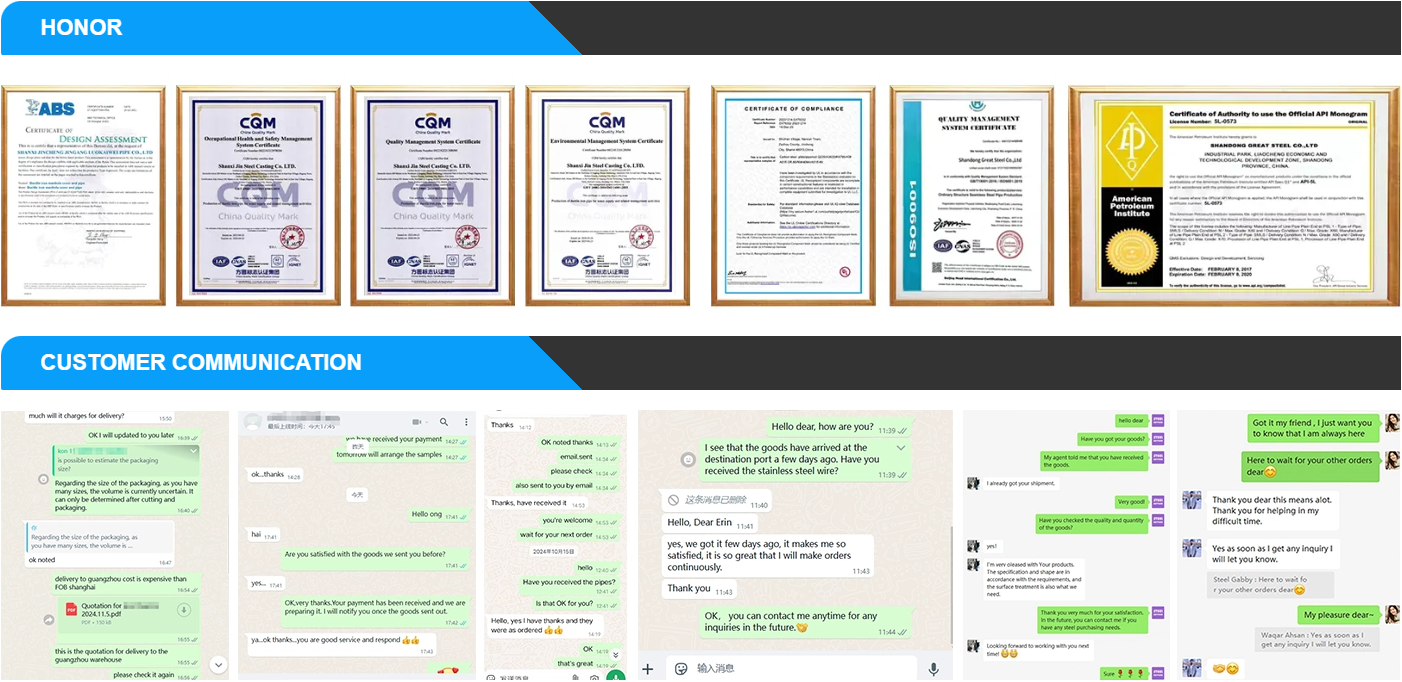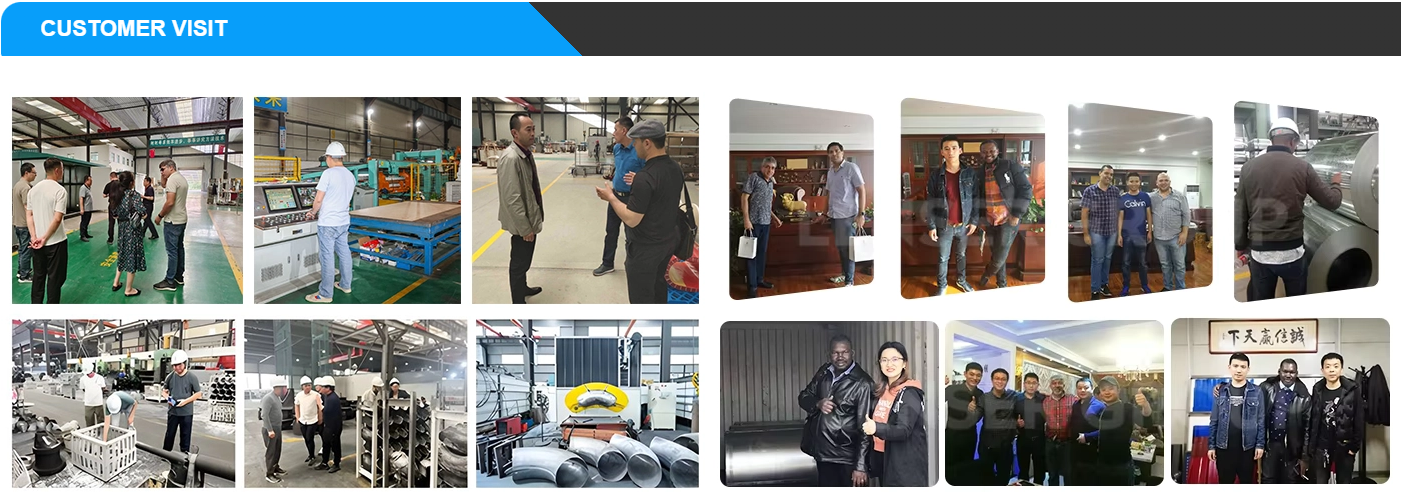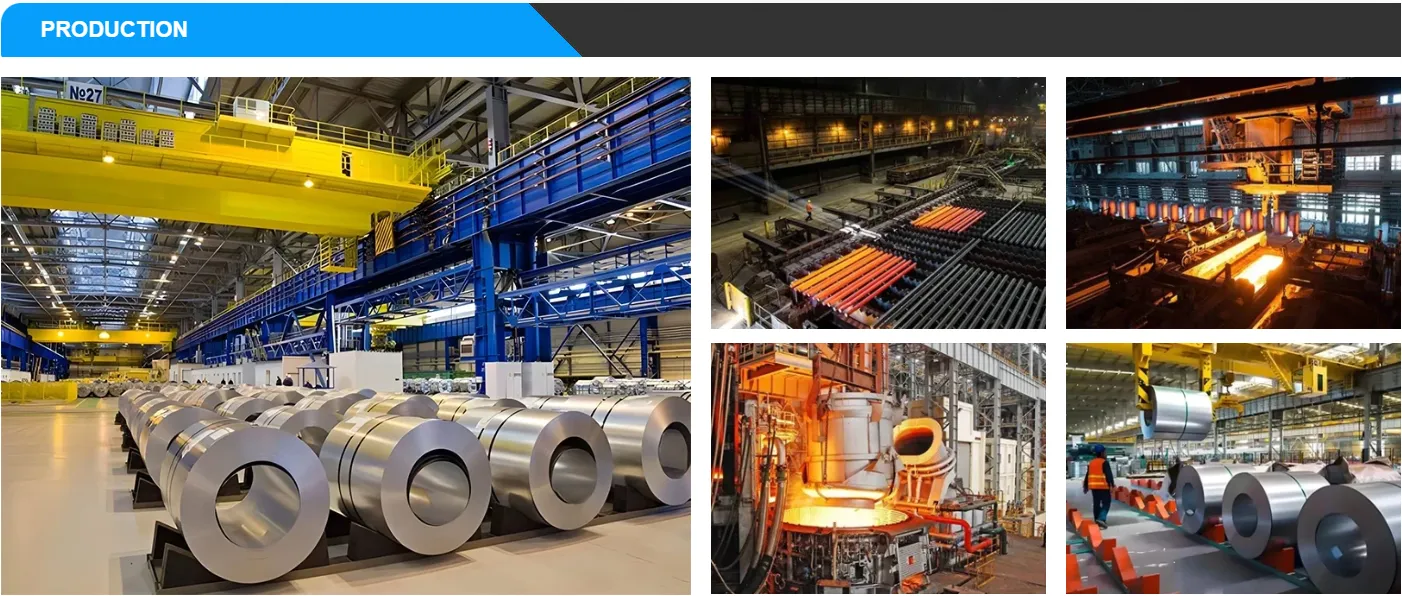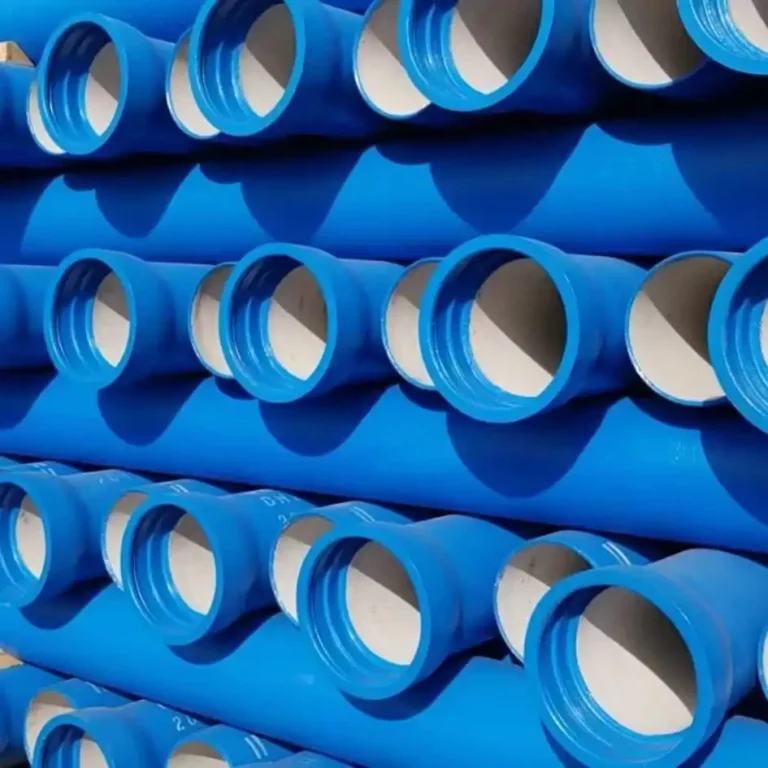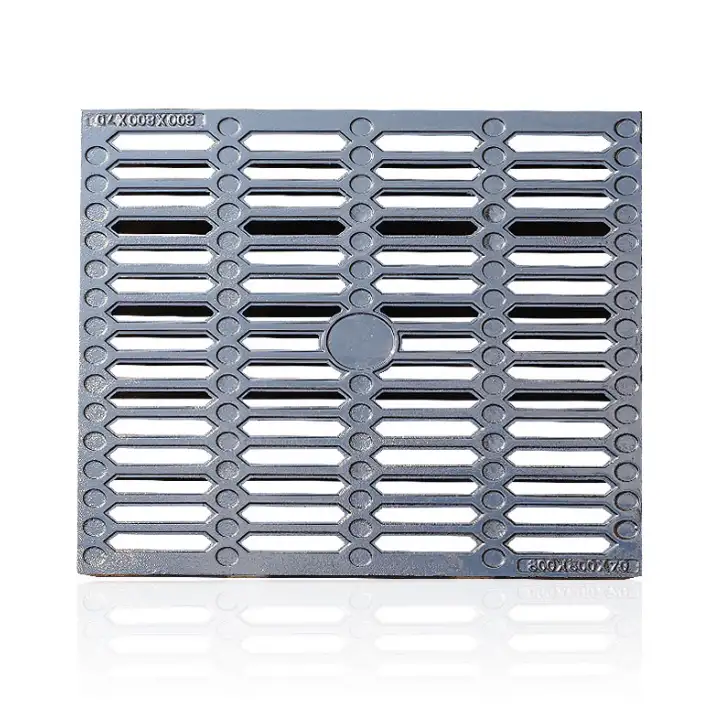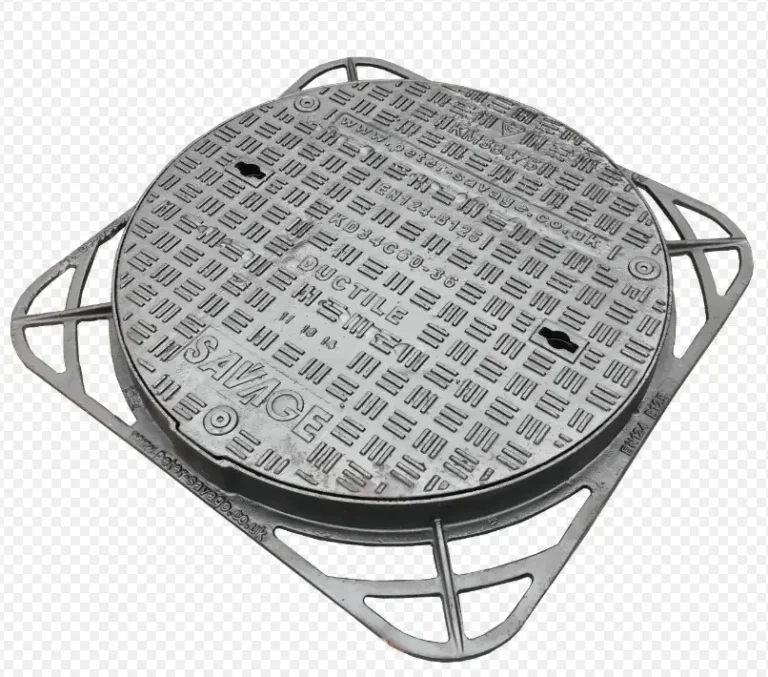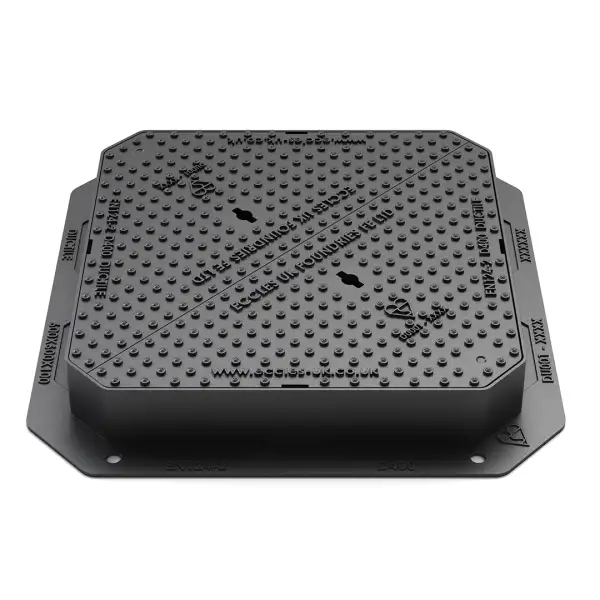Flanged ductile iron pipes represent a reliable and high-performance solution for water distribution, wastewater management, and industrial fluid transport systems. Engineered for durability and ease of installation, these pipes utilize robust flanged connections that deliver secure, leak-proof joints. The design complies with international standards and meets regulatory requirements across various regions, making it a top choice for infrastructure projects worldwide.
1. Material & Mechanical Properties
Premium Materials for Optimal Performance
The flanged ductile iron pipe is manufactured from advanced spheroidal graphite cast iron. This material is celebrated for its superior mechanical properties, including:
-
High Tensile Strength: Withstanding significant internal and external pressures.
-
Excellent Ductility and Impact Resistance: Reducing the risk of fracture under heavy loads.
-
Enhanced Corrosion Resistance: Often complemented by cement mortar linings, extending service life.
Key mechanical properties include:
| Property | Specification for Flanged Pipe |
|---|---|
| Tensile Strength | ≥420 N/mm² |
| Elongation | ≥10% |
| Hardness | ≤230 HB |
These properties ensure that the flanged ductile iron pipe maintains structural integrity even under challenging operating conditions.
2. Applications & Use Cases
Versatile Solutions for Modern Infrastructure
Flanged ductile iron pipes are used in a variety of applications, including:
-
Municipal Water Supply: Providing high-pressure water distribution in urban areas.
-
Wastewater & Stormwater Systems: Efficiently managing sewage and runoff.
-
Irrigation Networks: Durable performance in large-scale agricultural setups.
-
Industrial Fluid Transport: Suitable for transporting chemicals, slurries, and other aggressive fluids.
-
Environmental Projects: Integral to modern water reuse and sustainable city planning.
The flanged connection enables easy integration into both new installations and upgrades to existing networks, ensuring compatibility with various system designs.
3. Technical Specifications Comparison
Detailed Specifications Across Models
For effective planning, here’s a detailed comparison of various ductile iron pipe models with flanged joints:
Note: The values provided are indicative and can vary by manufacturer and project requirements. Flanged joints offer the advantage of high mechanical strength and improved sealing performance compared to other joining methods.
4. Lifespan & Durability
Engineered for a Long Service Life
Properly installed and maintained flanged ductile iron pipes can have a service life exceeding 100 years. Key factors contributing to their longevity include:
-
Robust Material Composition: High-grade ductile iron resists fatigue and deformation.
-
Protective Lining: Cement mortar or epoxy linings shield the pipe from corrosion.
-
Flanged Connections: Provide stable and secure joints that reduce the risk of leaks and joint failures.
These factors result in lower lifecycle costs and reduced maintenance requirements over time.
5. Installation & Connection
Simplified Installation with Secure Flanged Connections
Flanged ductile iron pipes are designed with standardized flanged ends that make installation straightforward:
-
Ease of Assembly: Flanged connections simplify the installation process, allowing for quick alignment and secure bolting.
-
Leak-Proof Sealing: Gaskets and high-quality sealing compounds ensure a tight, watertight seal.
-
Field Accessibility: Easy to connect and disconnect for maintenance, inspection, or system upgrades.
Installation guides and detailed video tutorials are widely available to support engineers and contractors, ensuring adherence to best practices and international standards.
6. International Standards & Regulations
Global Quality and Compliance
Flanged ductile iron pipes are manufactured to comply with a range of international standards, ensuring high quality, safety, and reliability across markets. Common standards include:
-
ISO 2531:2009: Governing ductile iron pipes, fittings, accessories, and joints for water applications.
-
EN 545:2010: Specifies requirements for ductile iron pipes used in water distribution systems.
-
ISO 7186 Series: Standards for ductile iron products used in sewerage systems.
These certifications guarantee that the pipes meet rigorous performance and safety criteria, facilitating international acceptance.
7. Price Comparison Across Series
Transparent Pricing for Informed Decision Making
Below is a sample pricing table comparing flanged ductile iron pipes to other joint types in a similar range. Prices are indicative and subject to regional variations and manufacturer specifications.
| Pipe Type | Diameter (mm) | Pressure Class | Price Range (USD/6m Section) |
|---|---|---|---|
| Flanged Ductile Iron | 300 – 900 | PN10 – PN32 | $350 – $1,200 |
| Push-On Joint Pipe | 300 – 900 | PN10 – PN32 | $320 – $1,100 |
| Mechanical Joint Pipe | 300 – 900 | PN10 – PN32 | $340 – $1,150 |
Note: The slight price premium for flanged pipes is offset by enhanced installation efficiency and joint robustness.
8. Advantages
Why Choose Flanged Ductile Iron Pipes?
-
Superior Joint Strength: Flanged connections offer high mechanical stability and are less susceptible to loosening under pressure.
-
Enhanced Durability: The robust ductile iron and protective linings provide exceptional longevity.
-
Ease of Maintenance: Flanged joints simplify disassembly for maintenance or system modifications.
-
Wide Compatibility: Compliant with diverse international standards and can easily integrate with existing infrastructure.
-
Cost-Effective Lifecycle: Reduced maintenance needs and extended service life contribute to overall cost savings.
-
Versatility: Suitable for a broad array of applications ranging from municipal water systems to industrial fluid management.
9. Frequently Asked Questions (FAQ)
Q1: What makes flanged connections preferable in ductile iron piping?
A: Flanged connections provide secure, leak-proof joints with high mechanical stability. They allow for easy installation, maintenance, and inspection compared to other joint types.
Q2: Which applications are best suited for flanged ductile iron pipes?
A: These pipes are ideal for high-pressure water distribution, wastewater management, industrial fluid transport, and large-scale irrigation networks.
Q3: How do international standards impact the quality of these pipes?
A: Compliance with ISO, EN, and other international standards ensures that the pipes meet stringent performance and safety criteria, facilitating their use in projects worldwide.
Q4: What factors contribute to the long lifespan of flanged ductile iron pipes?
A: The use of high-quality ductile iron, protective linings, and secure flanged connections, combined with proper installation, contributes to a service life of over 100 years.
10. Case Study: Upgrading Municipal Water Distribution
Reinventing Urban Water Infrastructure
A mid-sized municipality undertook a project to replace aging water mains using flanged ductile iron pipes. The project outcomes included:
-
Increased Water Pressure: Enhanced flow efficiency across the network, leading to improved service quality.
-
Reduced Leakage: The robust flanged connections minimized leak occurrences and system failures.
-
Cost Savings: Extended service life and reduced maintenance efforts resulted in significant lifecycle cost reductions.
-
Improved Accessibility: The ease of installation and maintenance allowed for faster project implementation with minimal disruptions.
This case study demonstrates how flanged ductile iron pipes offer a resilient and economically favorable solution for modern water infrastructure upgrades.
By choosing flanged ductile iron pipes, you invest in a solution that merges industry-leading durability with superior installation efficiency. Whether it is for municipal water supply, wastewater management, or industrial applications, this product fulfills rigorous standards and delivers long-term reliability and performance.

